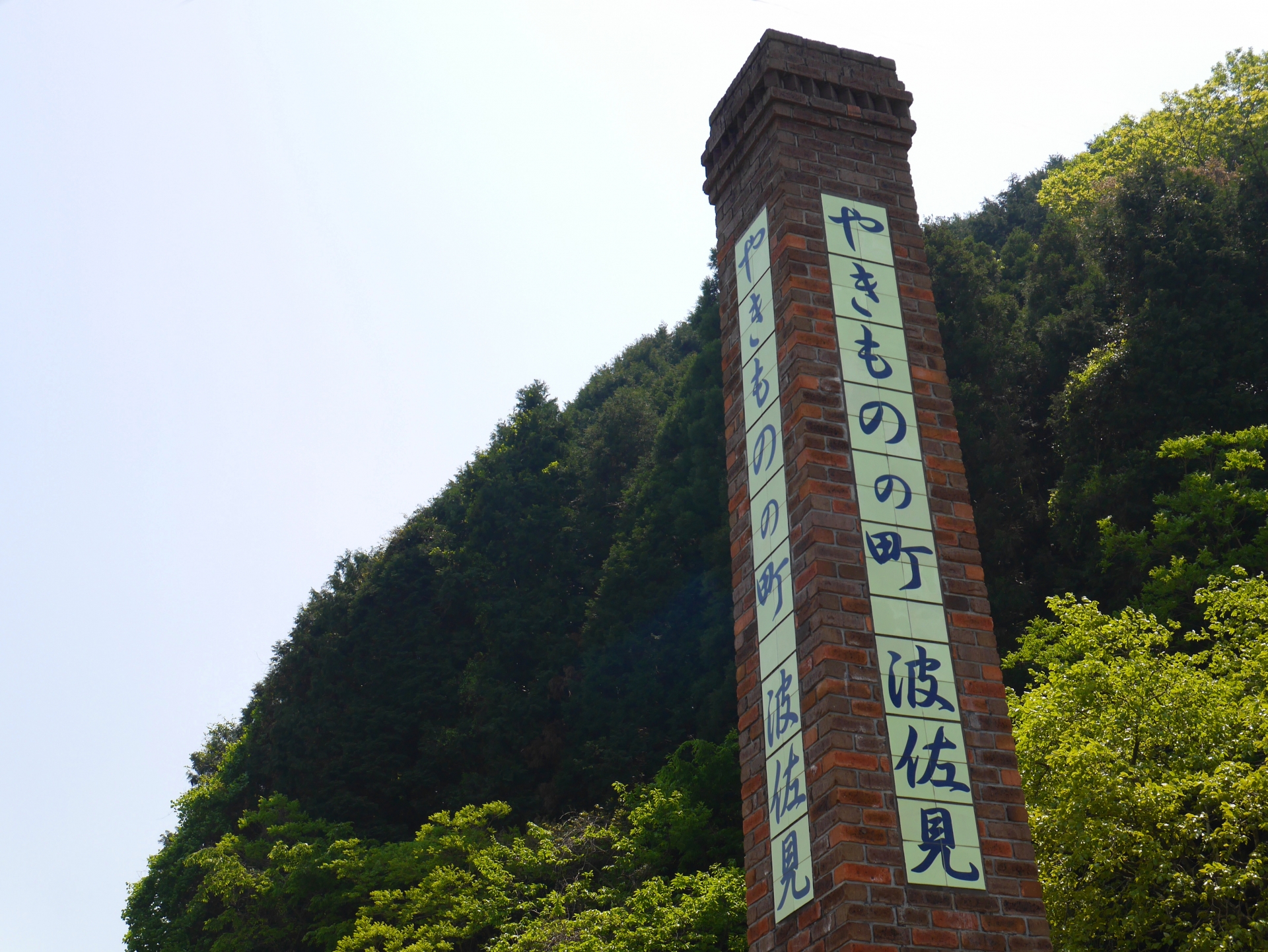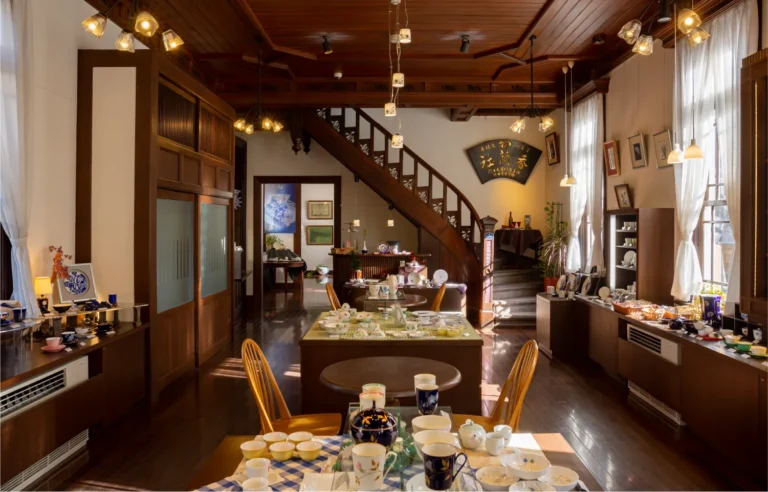Hasamicho (Hasami town) is located inland in the center of Nagasaki Prefecture, and is the only municipality in Nagasaki Prefecture that does not face the sea. It is located 20 km east of Sasebo City and about 65 km north of Nagasaki City.
Hasami is a small town with a population of about 15,000 and a 400-year history of pottery making. In the late Edo period (1603-1867), the town produced the largest amount of porcelain in Japan.
The main industries are ceramics, livestock breeding and agriculture, including rice, beef cattle, asparagus, and pears.
The area is rich in nature, and the Onigi-Tanada rice terraces are among the 100 most scenic terraced rice terraces in Japan.
Numerous events, including the Hasami Pottery Festival held every year during Golden Week, and hands-on tourism programs such as “Tounou,” which combines ceramics and agriculture, have attracted an increasing number of repeat visitors year after year, and currently 800,000 tourists visit the area annually.
The secret to the popularity of the area seems to be the generous spirit of the local residents, their great love for the area, and the warmth of their human nature.
Here you can see a comical video about Hasami town. (Japanese. But you will get an idea about how it is in Hasami)
Characteristics of Hasami Pottery
In 1598, Joseon potters who came to Japan built staircase-style climbing kilns and began making pottery. At first, they made glazed ceramics, but after the discovery of raw materials for porcelain, they rapidly shifted to the production of porcelain, mainly blue-and-white and celadon. Later, porcelain became a specialty of the Omura clan, and by the end of the Edo period, Omura boasted the largest production of porcelain in Japan. Even today, about 16% of Japan’s daily tableware is made in Hasami town.
The most distinctive feature of Hasami-ware is the system of division of labor. The entire small town has a thorough division of labor. The following processes are carried out in different places by different craftsmen: the craftsmen who make the plaster molds that form the base of the pottery; the craftsmen who use the molds to finish the product to the state before firing (unglazed); the craftsmen who bake and paint the unglazed fabric; the craftsmen who apply the glaze using glaze supplied by the glaze maker; the trading company that handles inspection, shipping, and distribution. The processes are carried out by different craftsmen in different places.

This video may interest you : How Hasami-ware is made
The attitude of offering affordable, high-quality tableware that can be used in daily life has remained the heart and soul of Hasami-ware to this day.
-
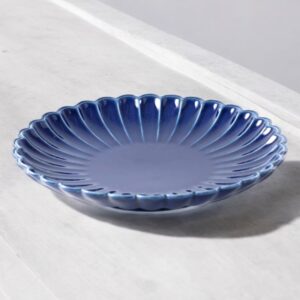 Hasami ware: Kikubori Ao 21cmkr549.00
Hasami ware: Kikubori Ao 21cmkr549.00 -
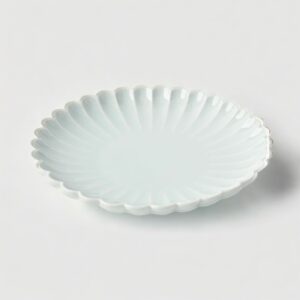 Hasami ware: Kikubori 21cmkr549.00
Hasami ware: Kikubori 21cmkr549.00 -
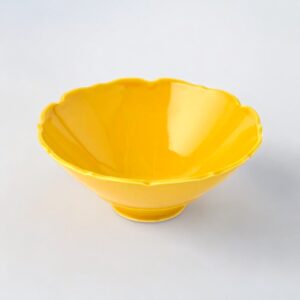 Hasami ware: Kikyo bowl 12cmkr449.00
Hasami ware: Kikyo bowl 12cmkr449.00 -
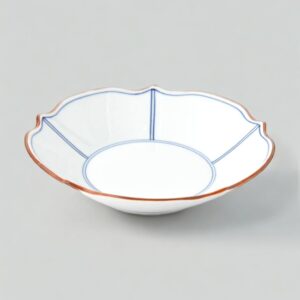 Hasami ware: Fuchisabi plate 16.5cmkr449.00
Hasami ware: Fuchisabi plate 16.5cmkr449.00 -
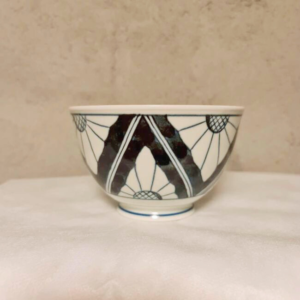 Domburi 13,5 cm: Hasami – “Traditional Flower”kr349.00
Domburi 13,5 cm: Hasami – “Traditional Flower”kr349.00
More about what you can do in Hasami
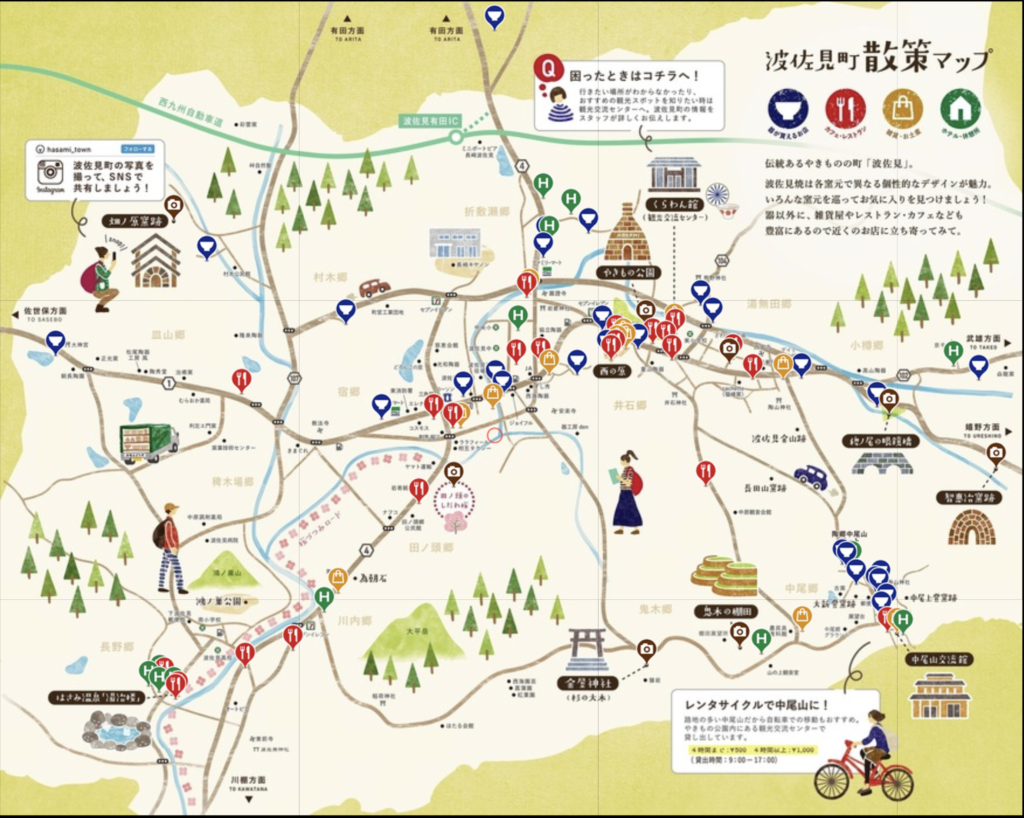
You can see the interactive map here.
Tounou
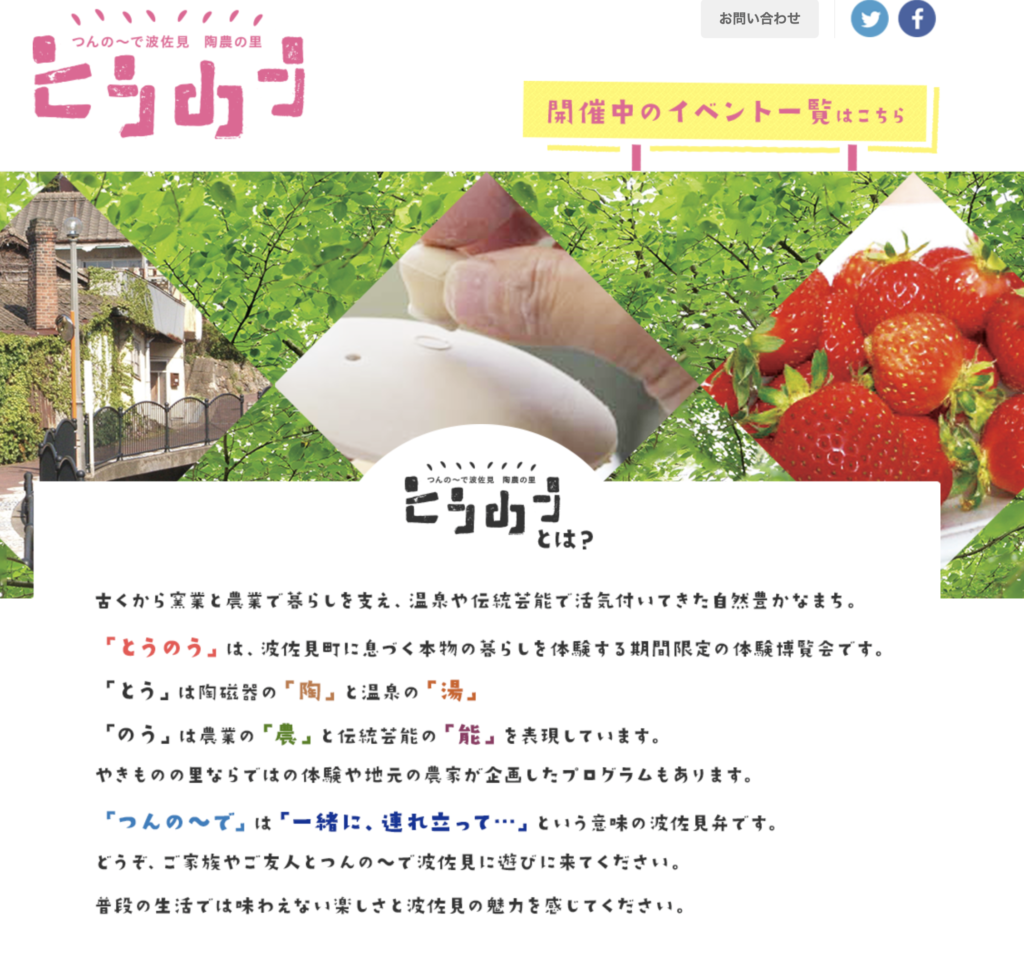
You will surely find something that interests you, such as miso making, buckwheat noodle tutoring, kiln tours, ceramic molding experience, and more.
Rental cycle
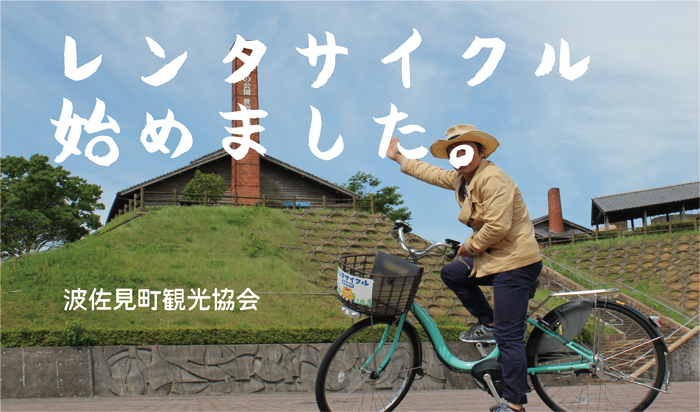
- Bicycles with power assists can be rented at the pottery center. (Closed on January 1)
- The hours are from 9:00 a.m. to 5:00 p.m. The fee is 500 yen for up to 4 hours and 1,000 yen for up to 8 hours. (As of July 15, 2024)
Pottery Museum and Kurawan-kan (In Yakimono Park)
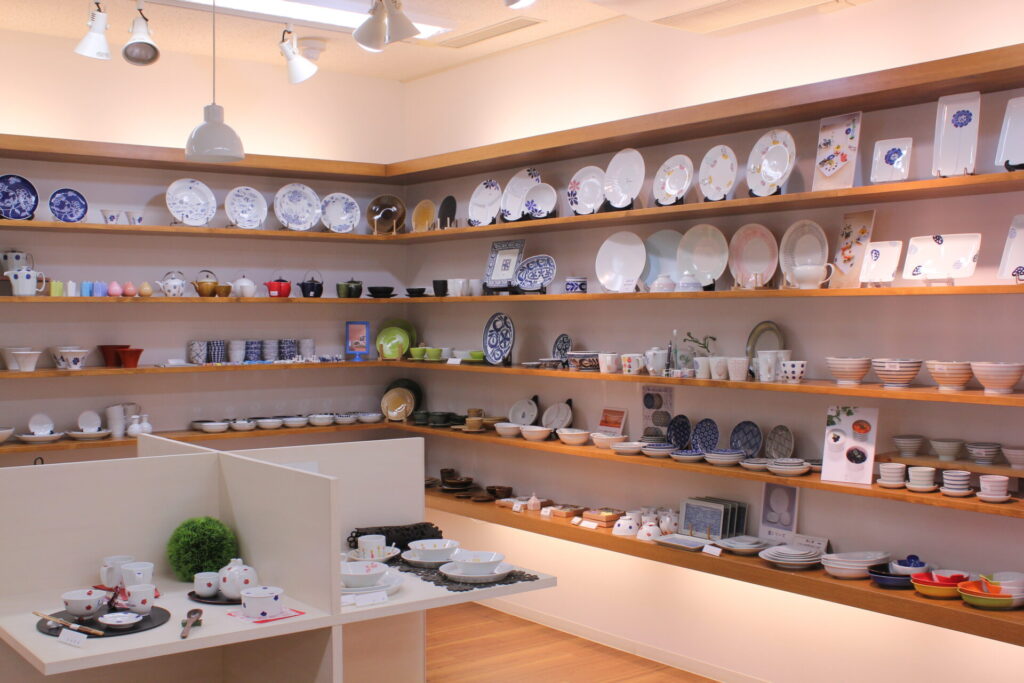
An exhibition hall where visitors can learn about the history of Hasami pottery. Works by today’s master traditional craftsmen and others are also on display. On the first floor, you can buy Hasami-ware from 34 producers. Visitors can also try their hand at pottery making (need to be booked in advance).
World Kiln Plaza (In Yakimono Park)
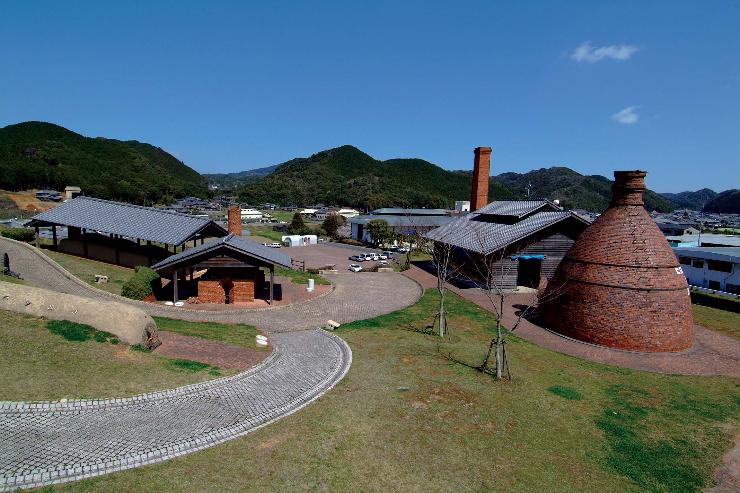
This is an open-air museum of kilns that reproduces 12 kilns representing the world from ancient to modern times, which is rare in the world.
Nishinohara
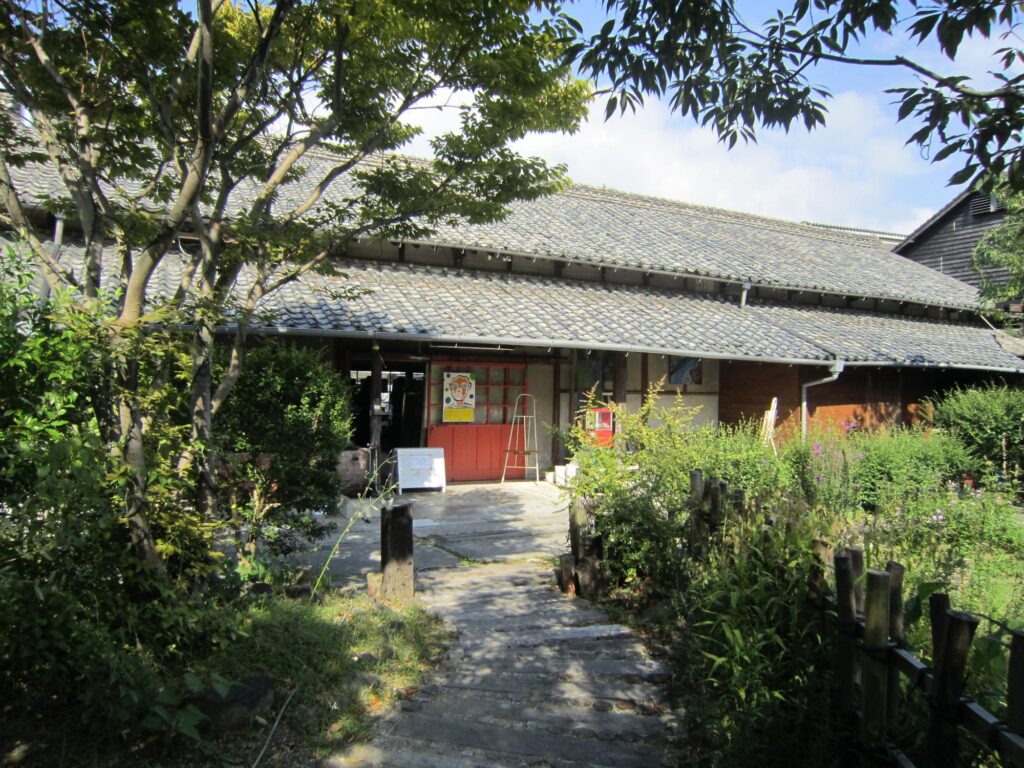
This spot was recommended to us by the staff of the Ceramic Museum. It is located just around the corner from the pottery park and Kurawan-kan. The area is a reused building from the Showa period (1926-1989) that was formerly used as a pottery factory. There are various stores and cafes. When the weather is nice, it is pleasant just to stroll around.
You can spend a whole day here enjoying meals at cafes, sweets, stationery and art-related book stores, galleries, household goods, home-roasted coffee beans, organic food stores, relaxation salons, and more.
Hasami Pottery Festival

This is an annual pottery festival held during the Golden Week holidays. The main venue is Yakimono Park, where about 150 stalls of pottery makers and trading companies in the town open their stores. In addition to the sales of goods, this is an event that can be enjoyed by the whole family, including hands-on pottery making and painting.
Hasami Hot Spring “Yujiro”

The rich, thick, spring water is an alkaline bicarbonate hot spring that is said to be beneficial for both health and beautiful skin. Compared to regular hot water, it is three times more moisturizing.
There are three indoor baths and a sauna.
The spa is open from 10:00 a.m. to 10:00 p.m., so you can enjoy the hot spring any time you like, from morning until night.
Nakao yama
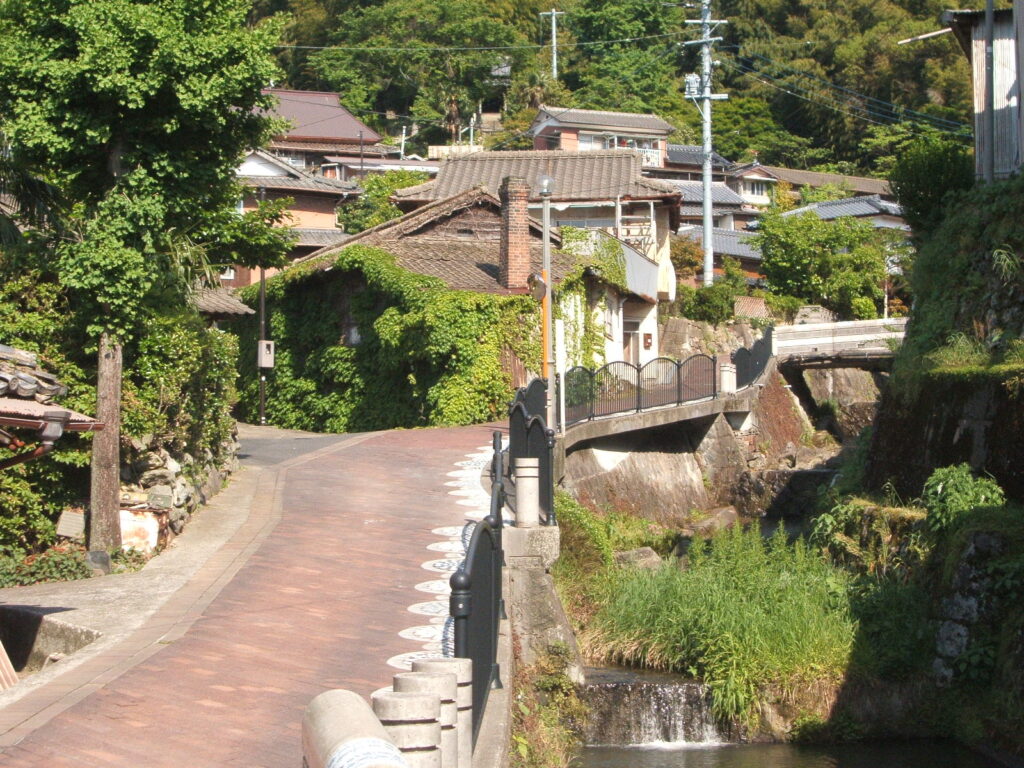
This is the area where many kilns are concentrated in the ceramics town of Hasami. The area offers nostalgic scenes of the old days, including the remains of one of the world’s largest climbing kilns, brick chimneys, and back alleys. Festivals are held in April and October every year, and the area is crowded with people who come to enjoy the open-house events, walk rallies, and direct sales of pottery. The popular bento box lunches in ceramic boxes, direct sales of agricultural products, and opera concerts are also held.
Imazato shuzo (sake brewery)
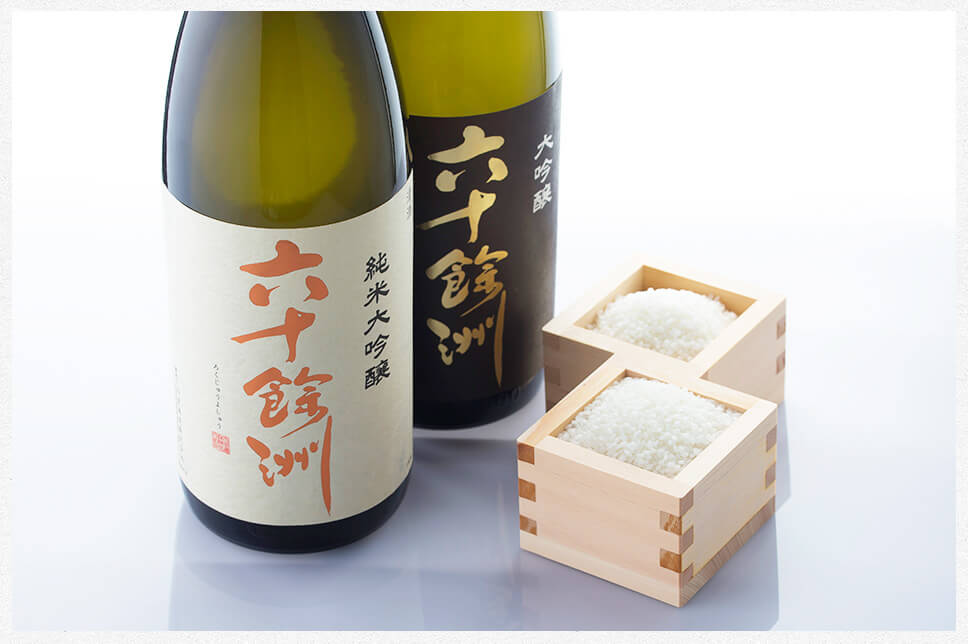
This sake brewery has been making sake called Rokujyuoshu in Hasami since 1722. The main brewery, built in the Edo period (1603-1867), and more than a dozen other buildings make up the atmospheric landscape.
Every year on the third Saturday and Sunday of April, the brewery opens its doors to the public, allowing visitors to taste freshly pressed sake.
Terraced Rice Paddles in Hida
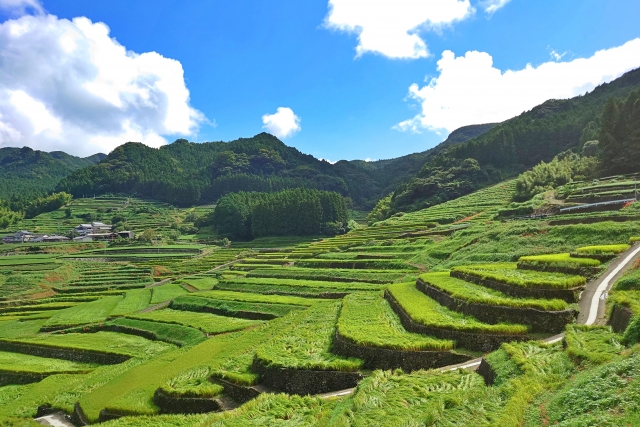
These beautiful terraced rice fields were selected as one of the 100 best terraced rice fields in Japan. Rice cultivation is still carried out here today. The abundant clear water is used to grow rice, and the scenery of each of the four seasons can be enjoyed.
Nakaoyama Cultural Exchange Center
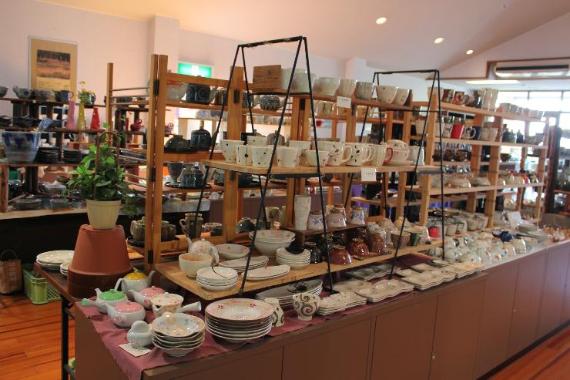
This is a small gallery that displays materials related to the ceramic village of Nakaoyama, old ceramics, and original works from various potteries. The view of the town and the mountains from the second floor is very lovely.
You can enjoy just taking a look, and if you find a piece of pottery you like, you can buy it. We recommend that you find your favorite piece here and then visit the kiln where it is made.
You can learn about the history of Hasami-yaki and the different potteries in detail.
On Saturdays and Sundays, each kiln takes turns welcoming visitors.
Comment
Those who travel by rental car may often visit Arita, Imari, and Hasami in a hurry, especially if they stay for two nights and three days.
The charm of Hasami is not well known to foreign visitors, so we encourage you to spend a night or two here and enjoy it for yourself. After learning about Hasami pottery at the pottery museum, enjoy a tour of the kilns and relax in the hot springs. The next day, enjoy Hasami’s nature and food. Such a course is my personal recommendation.
-
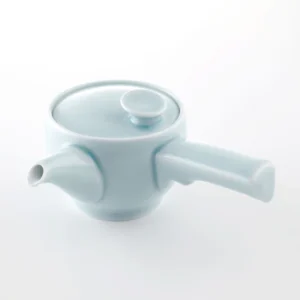 Hakusan Toki: Tea pot Celadon【Good design award】kr1,019.00
Hakusan Toki: Tea pot Celadon【Good design award】kr1,019.00 -
 Hakusan Toki: Saucerkr289.00
Hakusan Toki: Saucerkr289.00 -
 Hakusan Toki: Tea cup Celadonkr249.00
Hakusan Toki: Tea cup Celadonkr249.00 -
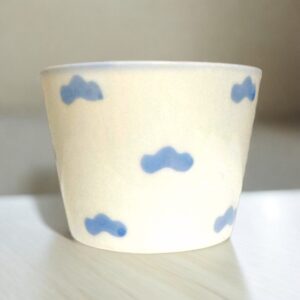 Soba cup Matsu: Hasami warekr229.00
Soba cup Matsu: Hasami warekr229.00 -
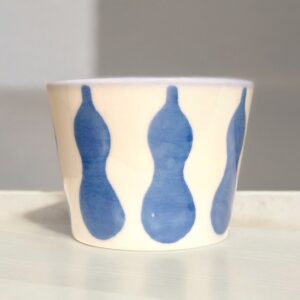 Soba cup Hyotan: Hasami warekr229.00
Soba cup Hyotan: Hasami warekr229.00 -
 Hakusan Toki: Tea cup whitekr249.00
Hakusan Toki: Tea cup whitekr249.00 -
 Hakusan Toki: Tea pot White【Good design award】kr1,019.00
Hakusan Toki: Tea pot White【Good design award】kr1,019.00

